Perfect fit: the IDC Herzliya’s Psychology Building makes the most of a tricky site
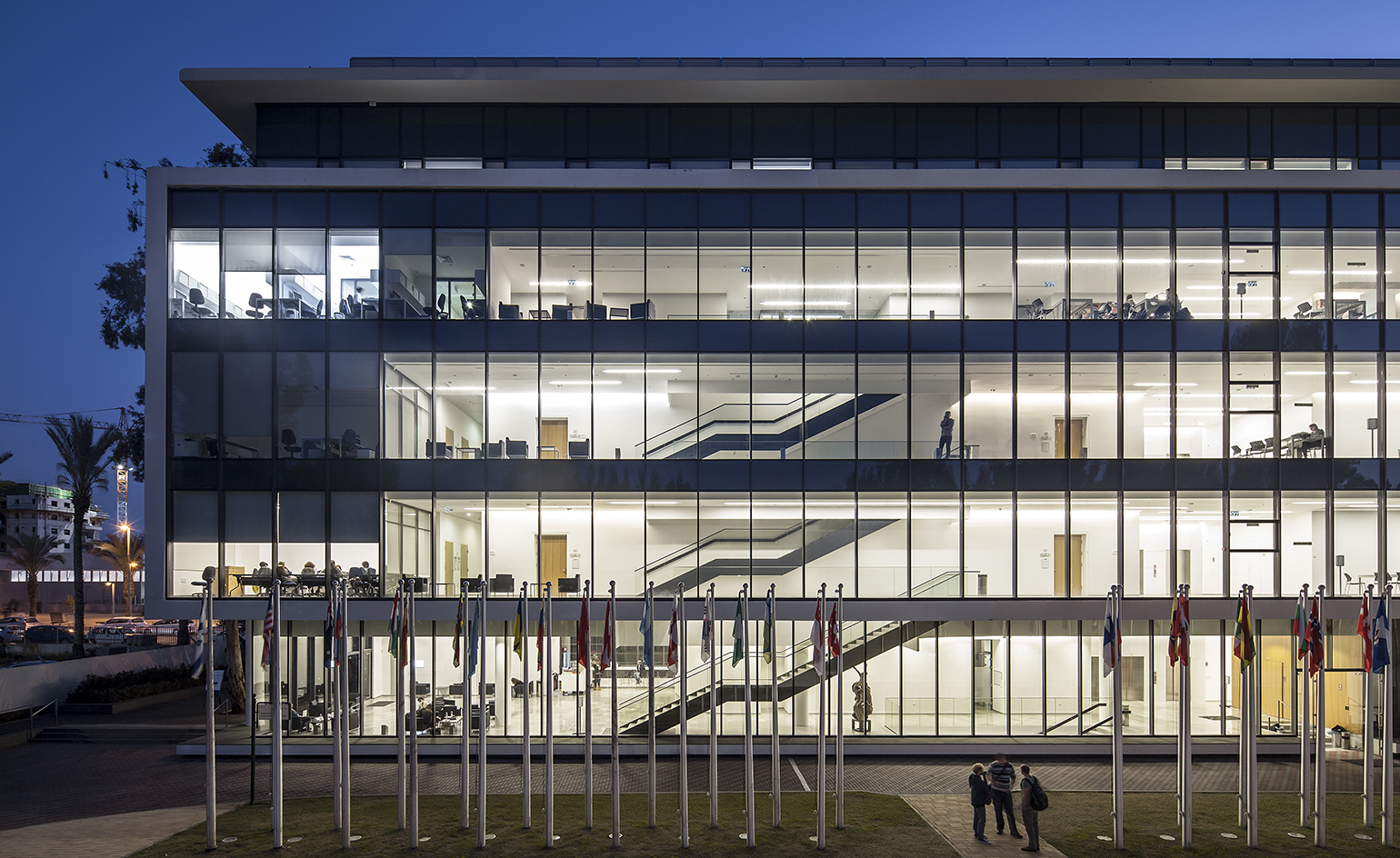
The new building for the faculties of psychology and economics at the Interdisciplinary Center (IDC) Herzliya is nestled on a long and narrow site, flanked by eucalyptus trees along its southern and eastern edge.
Designed by Israel- and France-based firm Gottesman Szmelcman Architecture, the project followed an ambitious remit; the fairly tricky site had to accommodate classrooms, computer labs and brain study labs. The result? An elongated building responding to both its brief and the limitations of its site.
'For this project there were various key considerations for us: a commitment to green architecture; a desire to create clear and dynamic relationships between architecture and its surrounding; and a commitment to effectively and harmoniously incorporate carefully defined functions within each building,' explains Ami Szmelcman, one of the partners at the firm.
'We introduced a transparent northern façade that would be able to exploit the benefits of the northern light while establishing a visual relationship with the campus,' he continues. 'Thus, whether students enter or leave their classes, whether they choose to form discussion groups or study on their own within the common parts of the faculty or beyond, they are simultaneously a part of the building and its surroundings.'
The ground floor of the building was slightly raised in order to enhance what Gottesman calls 'lightness'. This gesture emphasises its delicate relationship to the ground and the surrounding mature trees.
'In complete contrast to the building’s northern aspect, the southern façade is typified by its solidity and the incorporation of long narrow windows that introduce sunlight into the building with minimal thermal consequences,' says Szmelcman. 'The pattern of long horizontal openings is extended both to the roof and to the sidewalk; creating a sensation as if the transparent northern façade has been wrapped in a protective skin.'
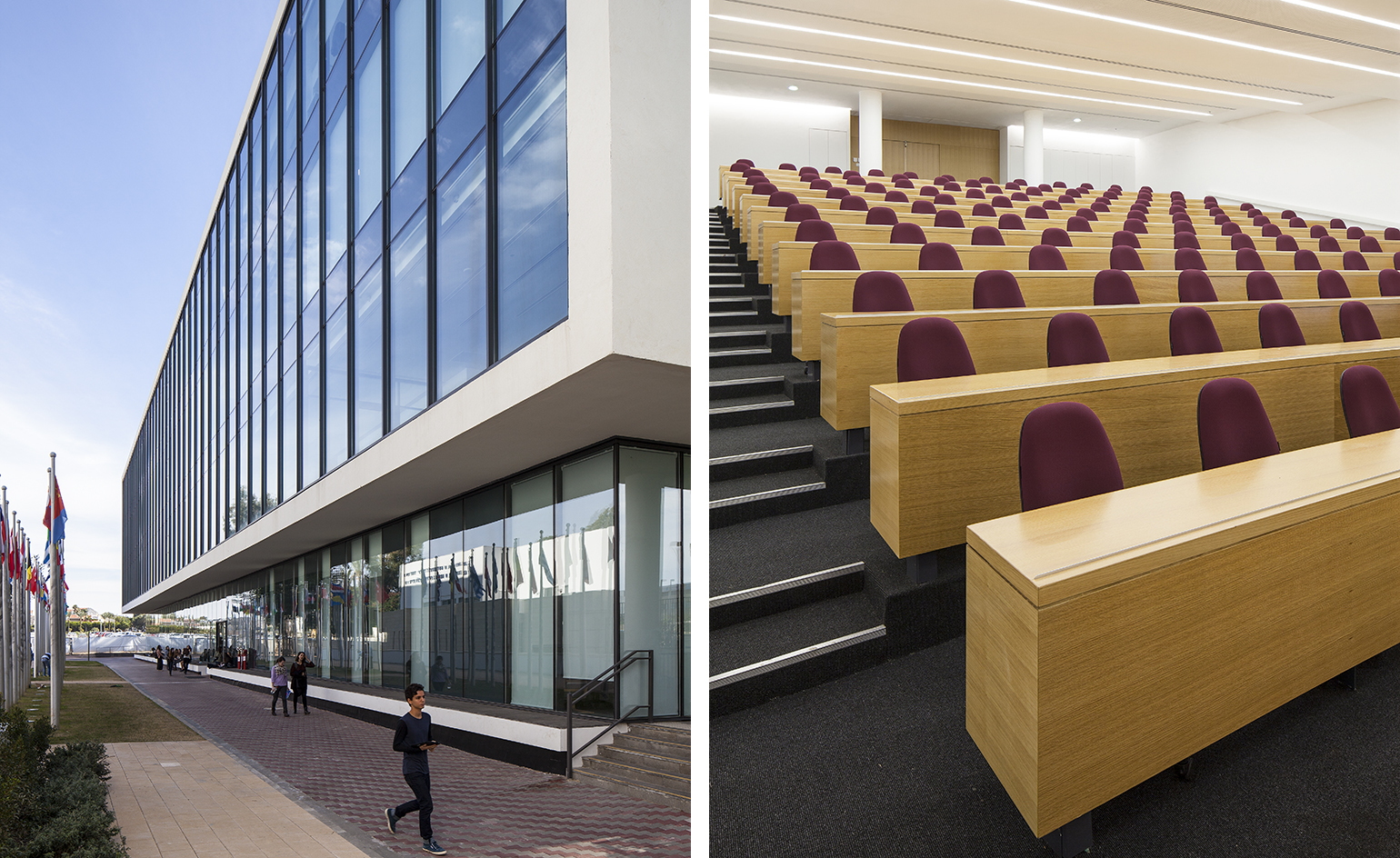
Designed for a fairly narrow site, the building maintains a close connection with the outdoors through its long glazed main façade
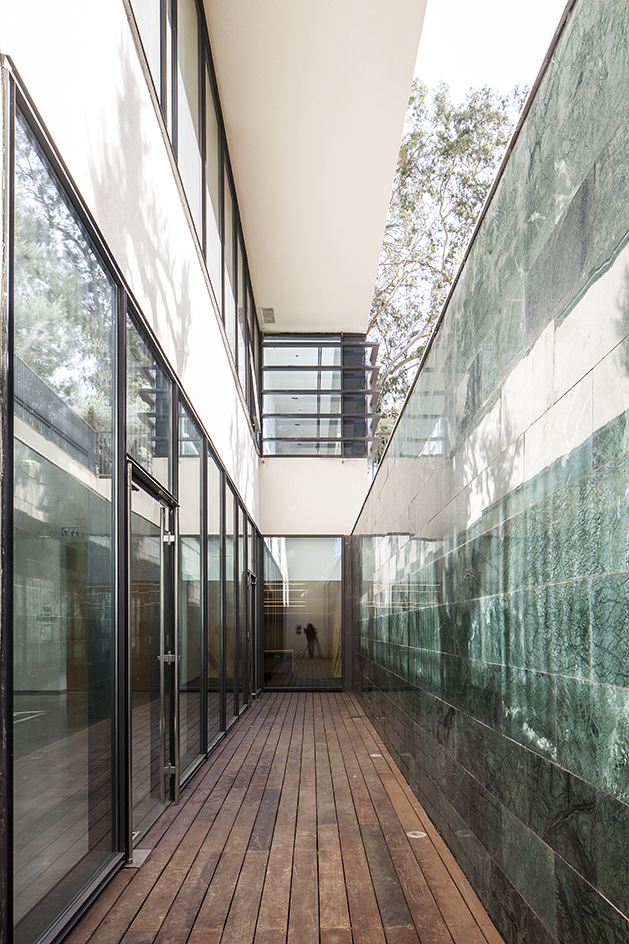
Inside, the remit demanded classrooms, computer labs and brain study labs
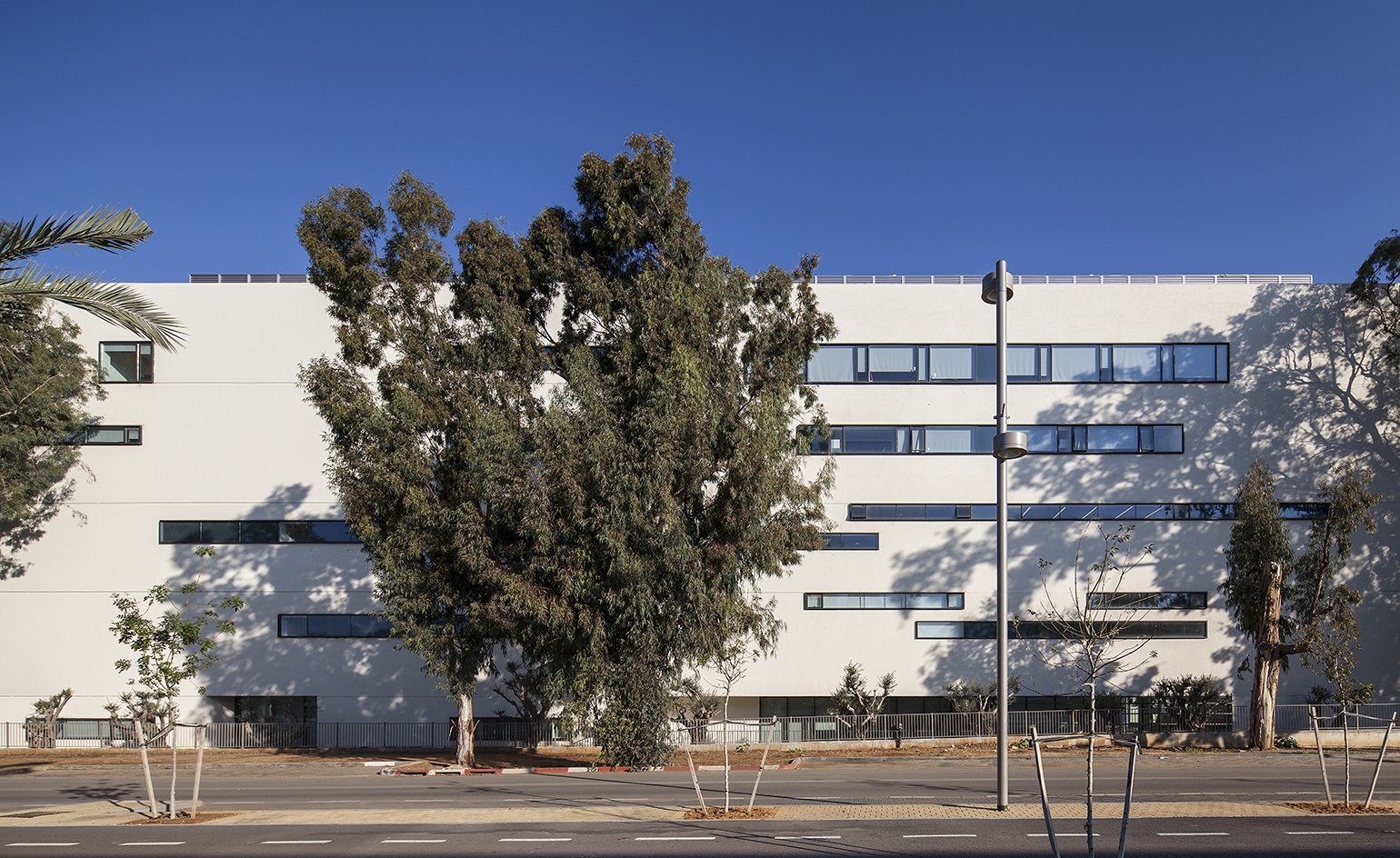
’In complete contrast to the building’s northern aspect, the southern façade is typified by its solidity,’ explain the architects
INFORMATION
For more information, visit the Gottesman Szmelcman Architecture website
Photography: Amit Geron
Receive our daily digest of inspiration, escapism and design stories from around the world direct to your inbox.
Daniel Scheffler is a storyteller for The New York Times and others. He has a travel podcast with iHeart Media called Everywhere and a Substack newsletter, Withoutmaps, where he shares all his wild ways. He lives in New York with his husband and their pup.
-
 How We Host: Interior designer Heide Hendricks shows us how to throw the ultimate farmhouse fête
How We Host: Interior designer Heide Hendricks shows us how to throw the ultimate farmhouse fêteThe designer, one half of the American design firm Hendricks Churchill, delves into the art of entertaining – from pasta to playlists
-
 Arbour House is a north London home that lies low but punches high
Arbour House is a north London home that lies low but punches highArbour House by Andrei Saltykov is a low-lying Crouch End home with a striking roof structure that sets it apart
-
 25 of the best beauty launches of 2025, from transformative skincare to offbeat scents
25 of the best beauty launches of 2025, from transformative skincare to offbeat scentsWallpaper* beauty editor Mary Cleary selects her beauty highlights of the year, spanning skincare, fragrance, hair and body care, make-up and wellness
-
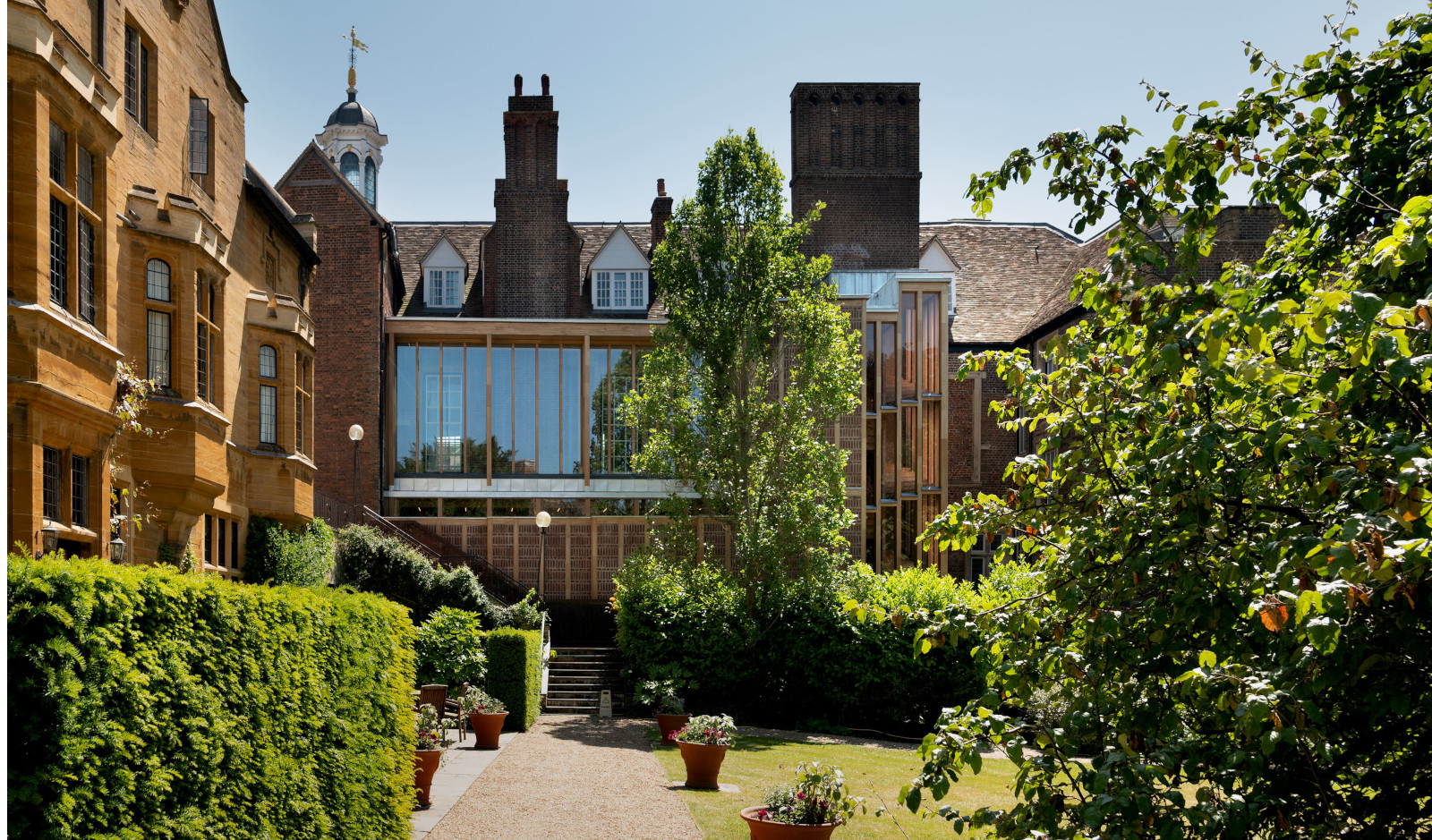 River Wing at Clare College responds to its historic Cambridge heritage
River Wing at Clare College responds to its historic Cambridge heritageUniversity of Cambridge opens its new River Wing on Clare College Old Court, uniting modern technology with historic design
-
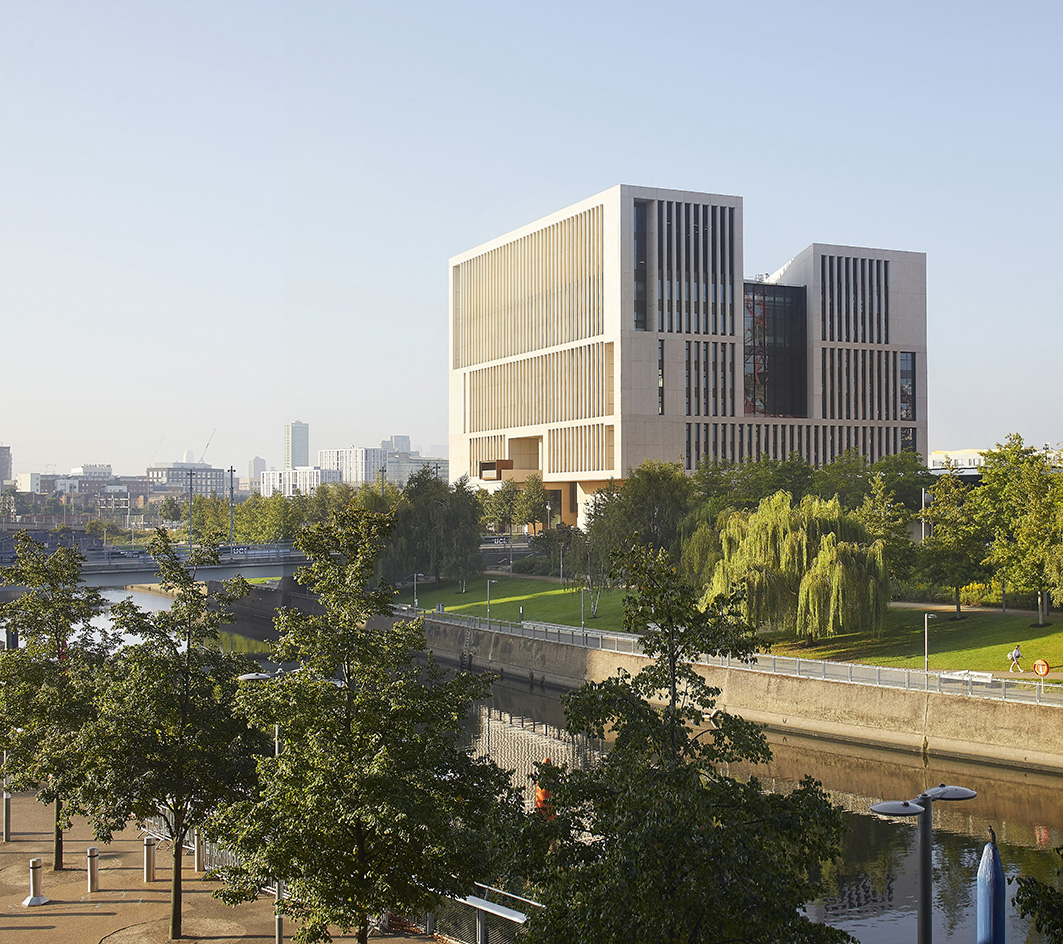 UCL East Marshgate seeks to redefine the university campus of the future
UCL East Marshgate seeks to redefine the university campus of the futureUCL East Marshgate by Stanton Williams is completed and gears up to welcome its students in east London
-
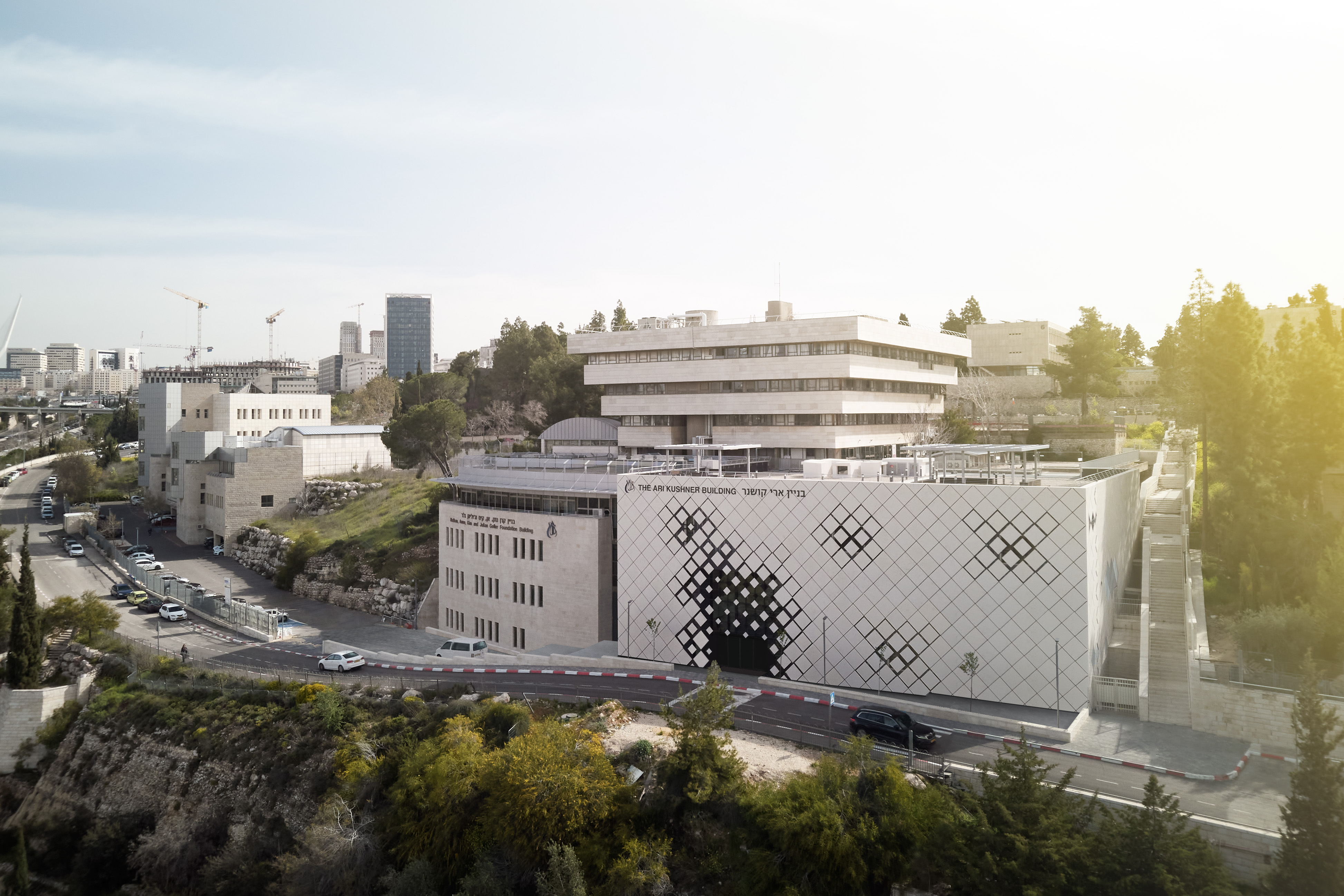 New Jerusalem Academy of Music and Dance extension creates transparency with stone
New Jerusalem Academy of Music and Dance extension creates transparency with stoneThe Ari Kushner Building for the Jerusalem Academy of Music and Dance (JAMD) is completed, creating transparency with stone, and channelling chaos into its corridors
-
 St Catharine’s College social hub in Cambridge reimagined by Gort Scott
St Catharine’s College social hub in Cambridge reimagined by Gort ScottGort Scott's design for St Catharine’s College, Cambridge, gives a sensitive facelift to a much loved, bustling campus
-
 Two Hands nursery by vPPR is where design flair meets sustainability
Two Hands nursery by vPPR is where design flair meets sustainabilityTwo Hands nursery in London, designed by vPPR, mixes colourful interiors and sustainable architecture elements with wellbeing in mind
-
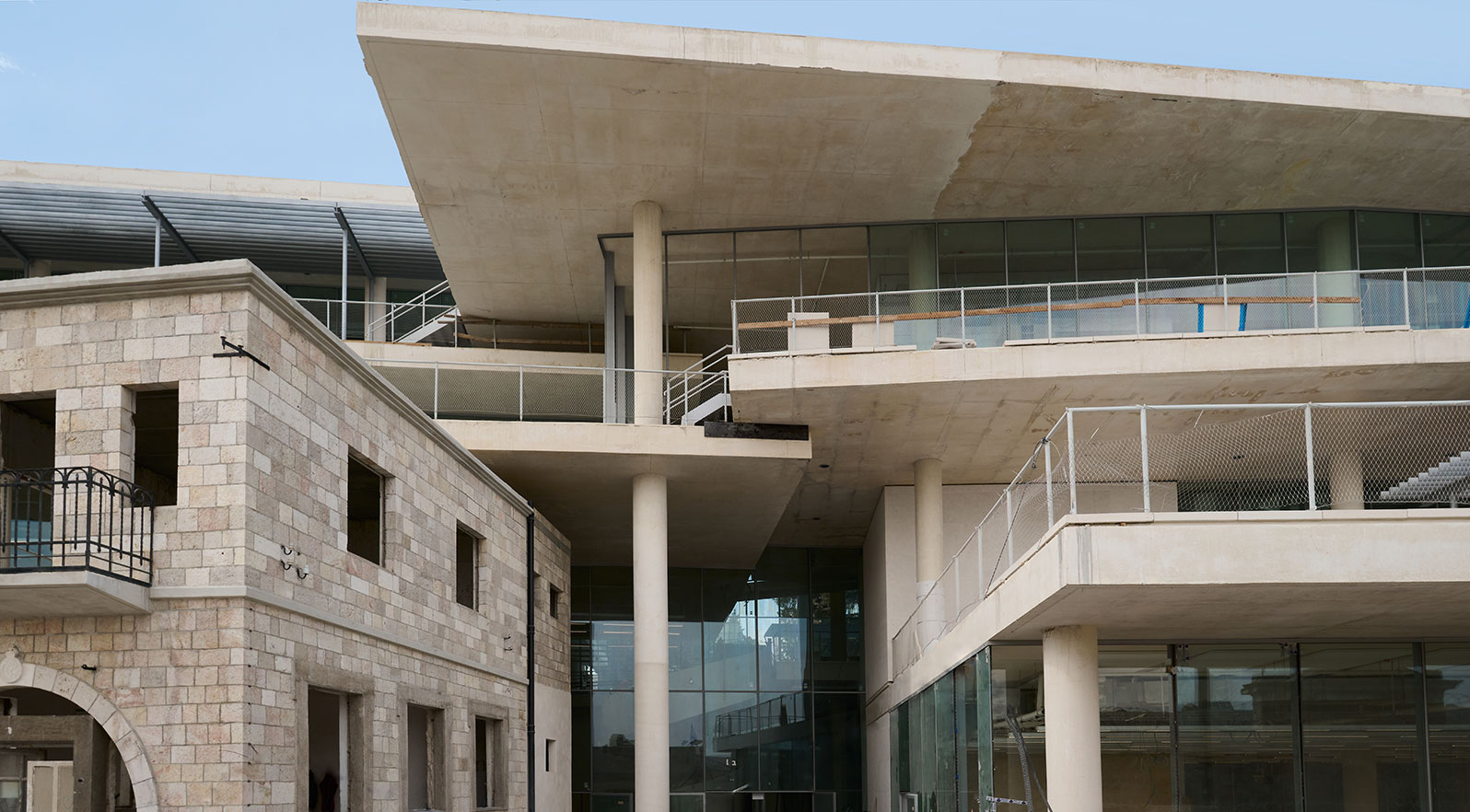 SANAA’s Bezalel Academy of Arts and Design is designed to connect with the heart of Jerusalem
SANAA’s Bezalel Academy of Arts and Design is designed to connect with the heart of JerusalemSANAA and local studio HQ Architects design new home for Bezalel Academy of Arts and Design in Jerusalem's city centre
-
 Connected Rural Classroom reimagines learning space architecture
Connected Rural Classroom reimagines learning space architectureA collaboration between design studio Kurani and nonprofit Ed Farm reimagines learning spaces through virtual teaching with the Connected Rural Classroom
-
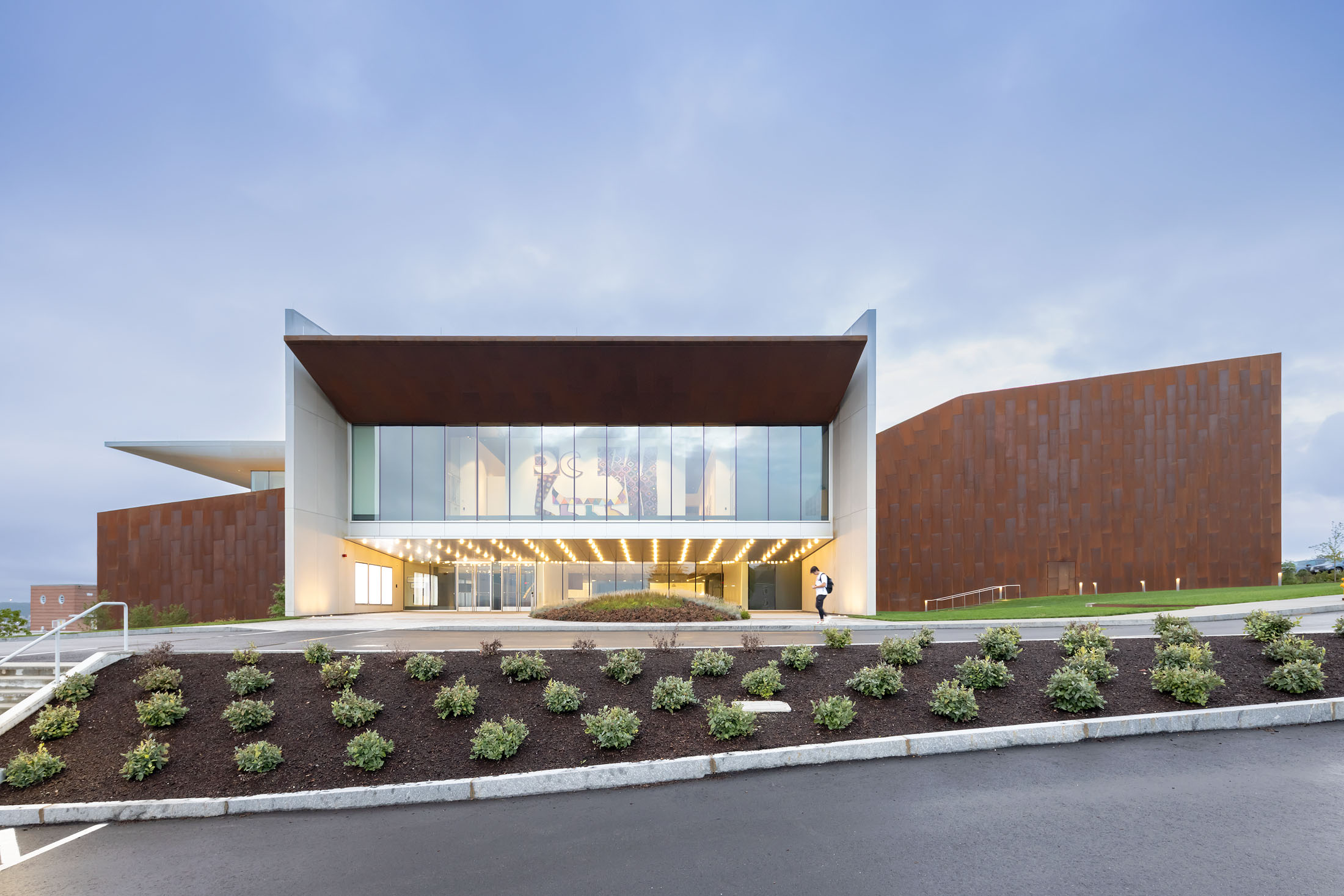 DS+R Prior Performing Arts Center is designed as a public commons
DS+R Prior Performing Arts Center is designed as a public commonsPrior Performing Arts Center by Diller Scofidio + Renfro completes at the College of the Holy Cross in Worcester, Massachusetts